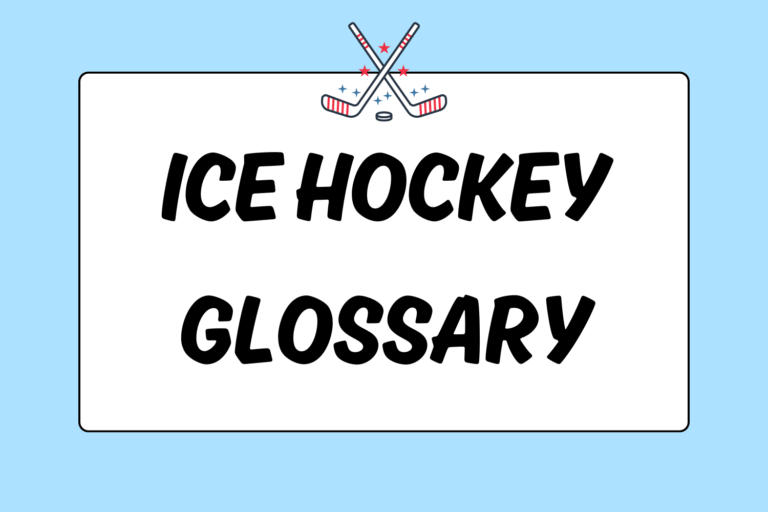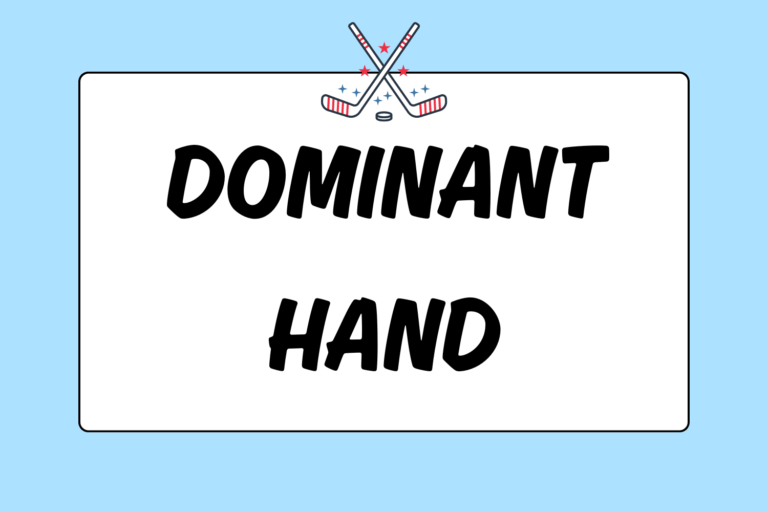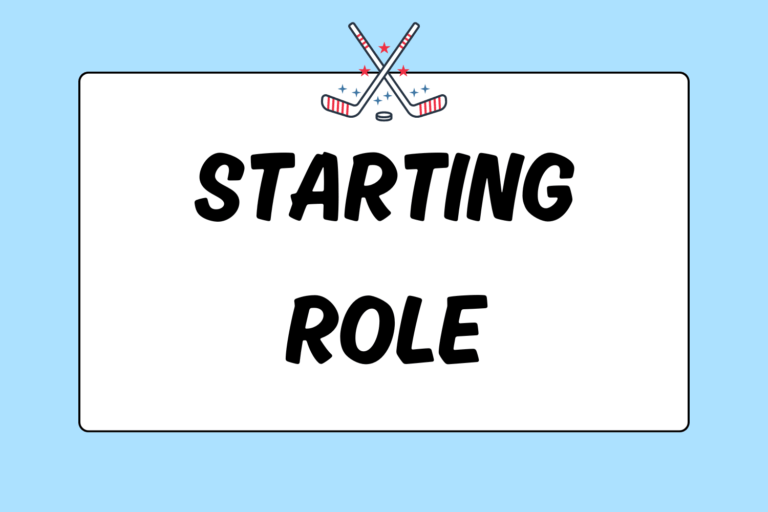Skating ability is one of the most important aspects of ice hockey. A player who is a good passer, shooter, and stick handler will still struggle if his skating skills are not up to snuff. However, a skater is only as good as his ability to stop. Perfecting the “hockey stop” – the fastest way to stop on ice – changes the way a hockey player is able to approach ice skating. He’ll be able to skate faster knowing he can decelerate quickly and instantly start skating in the opposite direction.
With that, stopping is also one of the most difficult tools for most beginning hockey players to learn. The following guide covers the fundamental skills that compose a hockey stop, along with tips on how to effectively string them together.
Open Space
The first thing you’re going to need when learning to hockey stop is space. If possible, practice during public-skating hours when the rink isn’t too busy. If that’s not an option, just be sure to make your first attempts away from a crowd, and especially away from the boards. If you’re on a team, before and after practice can be ideal times to get in some repetitions. You should go in knowing that when learning, you will fall. This is ok; just be sure to stick with it!
Practice Drills
The hockey stop is essentially a series of motions that, when strung together, allow a player to stop right in his tracks. There are some simple ways to practice each individual motion:
The Twist
- Stand in a stationary position on the ice.
- Bend your knees and lean forward.
- Keep your back straight.
- Straighten your legs and stand up straight, while simultaneously pivoting 90 degrees on your skates.
After a little practice, try and do this more quickly, and with a single motion starting from your hips. Repeat until you’re adept at turning both to the left and to the right. You will likely be more comfortable turning one way than the other. Practice turning in the direction with which you are less comfortable two or three times as often. The idea is to improve your areas of weakness.
Shaving Ice
- Stand still on the ice with bent knees.
- While keeping your skate blades parallel to each other, lightly slide your left skate’s inside edge along the ice and away from your body.
Try to get a good understanding of what it feels like to smoothly shave an edge against the ice. This feeling is crucial to being able to hockey stop. Practice the same motion with the right skate as well, and put in extra reps on whichever direction is more difficult.
V-Stop
- Take a few forward strides then slow down using the V-Stop (also called a “snow plow”).
- Angle your toes together and glide along the ice on both of your inside edges; but as you start to slow down, rotate to the left.
- Stay on both inside edges, but lead with your right skate forward and shave the ice with its inside edge.
Your right skate should glide along the ice to a stop, and the amount of pressure you put on it will dictate how quickly you decelerate. Repeat this until you’re comfortable with it, then reverse the motions and practice turning to the left. Again, put in extra reps turning whichever direction is more difficult for you.
The Hockey Stop
The mechanics of the hockey stop involve quickly pivoting the lower body to one direction, and shaving off the top layer of ice with the inside edge of the front skate and the outside edge of the rear skate. If your edges bite the ice too hard, you’ll fly forward. If you edges don’t bite the ice hard enough, you’ll glide instead of stopping, or lose an edge and your skates will slip out from underneath you.
When learning to hockey stop, much like most new hockey skills, it’s easiest to start slow.
- Take two or three strides forward, just enough to gather some momentum, and glide with both skates on the ice.
- Make sure that you’re going straight forward and not leaning at all in the direction you plan on turning.
- Keep your knees and elbows bent, your back straight, and your head up.
- As you get to the point on the ice where you want to stop, turn your hips, legs, and skates 90 degrees to one direction. Your skates should be about shoulder width apart, and parallel to each other.
- As you do this, straighten your legs a bit to control your balance.
If done correctly, you should be shaving off a bit of ice as you come to a stop. New skaters often find perfecting the back skate’s stopping motion — the skate touching the ice on its outside edge — to be more difficult. As always, if turning one direction is more challenging, practice that direction even more. When you’ve got it down, try increasing your speed.
One Foot
Once you’ve got a good understanding of how to hockey stop, give it a try using only one skate. Practice this just like you would the regular hockey stop, but lift one of your skates off the ice. Try with both your left and right skate, and on the inside and outside edges of each. You’ll rarely have to do this in games, but developing your strength and balance to be able to stop on a single edge will make you better at stopping in general.
Wide Stance
As you improve, try stopping with your skates farther apart from each other. Instead of finishing your stop with your skates parallel and shoulder width apart, try finishing with one skate a foot or two in front of the other; as though you were taking a step. Being able to stop in this position will make you more stable as you come to a stop, thus making it more difficult for opposing players to knock you down.
Ask for Help
If you’re still struggling with any aspect of performing a hockey stop, put more repetitions into the training drills listed above. Beyond that, ask someone to watch you make a few attempts and let you know exactly where your balance is struggling. Just remember to stick to it and keep getting out on the ice.
The hockey stop is not something that can be learned off-ice; you need to put in the time at the rink. Moreover, it’s a skill that must be constantly worked on and improved. Having a good hockey stop allows you to skate harder and faster than you’d otherwise feel comfortable with, and will improve your all around game. Don’t give up!





